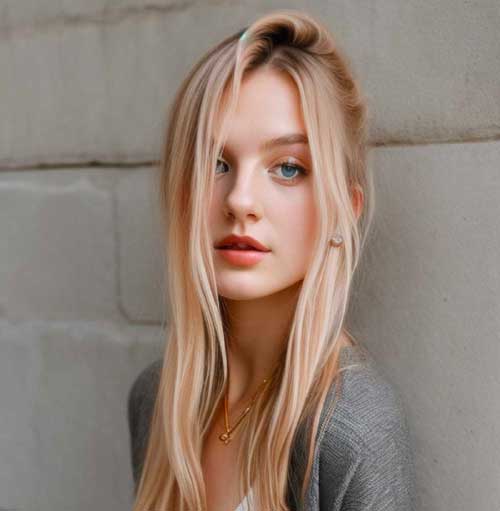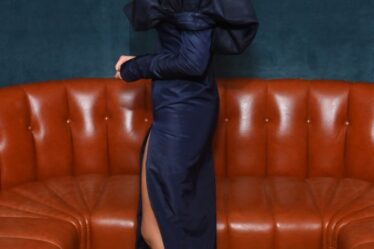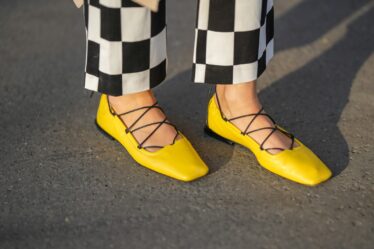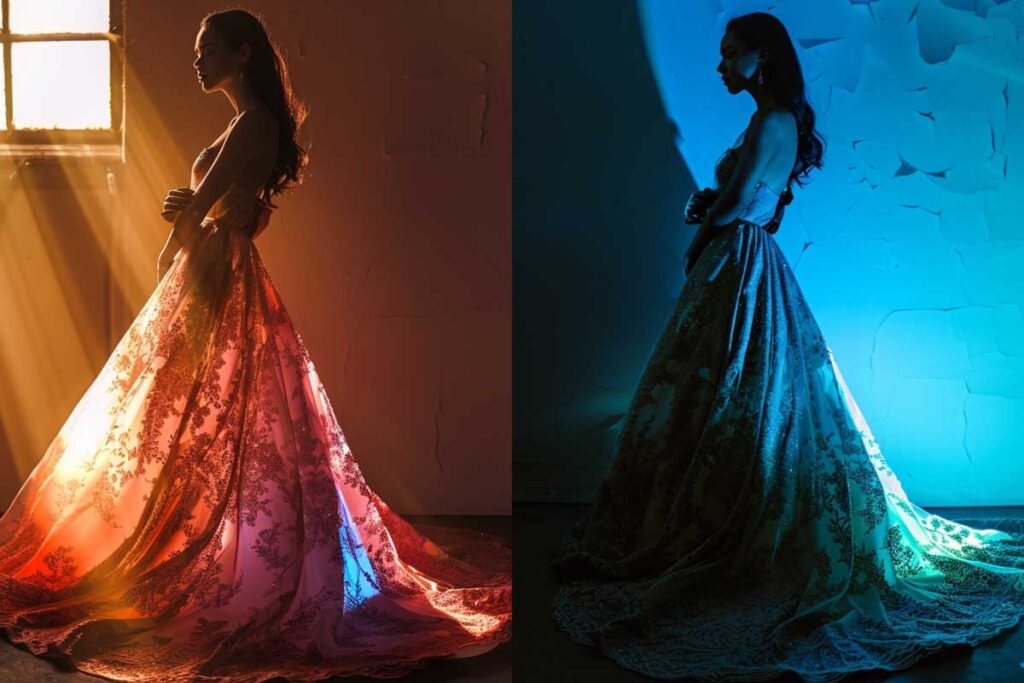
You’ve slipped into your favorite outfit, tweaked your accessories, and you’re sure the cameras (or your mirror!) should be singing hallelujah. Only, they’re not. Somehow, the dynamism of your ensemble isn’t translating well visually. Suddenly, you consider: could it be the lighting? The answer is likely yes. Let’s talk about how flattering lighting techniques can enhance how you look in your outfits.
Benefits of Flattering Lighting Techniques
Adequate lighting is not only essential for professional photography but also helps in accentuating the charm of your outfits at home or parties. Lighting impacts color perception, shapes, and even textures within an outfit. A strategic approach to lighting can enhance these aspects, making any clothing ensemble appear vibrant, rich and evocative.
Different light intensities can influence the mood of an outfit too. Bright light showcases vibrancy and energy, while dim light plays into subtlety and allure. Your sartorial expression can be vastly improved with proper lighting techniques. Such strategies are critical in ensuring that every strut of yours perfectly lands a memorable visual impact.
Naturally, good illumination serves more than an aesthetic purpose: it ensures safety. An electrical defect notice explained how poor lighting could lead to accidents due to hampered vision, one caveat that makes mastering basic lighting techniques a necessity.
Beyond these benefits, using flattering lighting allows you to create specific impressions according to your preferences and circumstances—something we’ll explore next.
Different Types of Lighting Techniques

There are various lighting techniques one can use to highlight their attire: diffuse light, backlighting, side-lighting, and the ever glam beam of a spotlight. Each technique can provide a unique look and feel to your ensemble.
Diffuse lighting offers a soft glow that minimizes harsh shadows. This subtle technique works wonders for pastel or neutral color palettes, creating an ethereal effect. Conversely, backlighting caters well to bolder hues and intricate patterns, forming stark silhouettes that highlight the dramatic elements of your attire.
Side-lighting takes the game up a notch with its ability to enhance texture and depth. This is an absolute go-to for showcasing heavy embroidery or luxury fabrics like silk or velvet. Lastly, the spotlight technique can help create a stunning center-focus effect or mimic natural sunlight to reveal the organic richness of your outfit’s colors.
These techniques might seem daunting initially, but once you’ve grasped them, you’re one step closer to always being in your best light!
Lighting Techniques for Formal Outfits
Formal outfits call for sophistication and finesse. Thus, when it comes to illuminating formal wear, less is more. A soft and subtle approach highlighting key details without overwhelming the whole ensemble often works best.
If you’re swooning over a neatly tailored suit or a graceful gown featuring delicate embroidery or sequin work, consider ambient lighting with a touch of side illumination. This approach not only enhances intricate designs but also lends a plush vibe to premium fabrics with relatively minimal effort.
Note the use of LEDs here: their ability to imitate natural light makes them perfect companions for formal attire. Another bonus? The energy efficiency they offer makes them popular among eco-conscious fashionistas.
Beyond LEDs, you could dabble in High Dynamic Range (HDR) lighting techniques. High contrast between light and dark areas can dramatize strong, confident formal attire making you stand out in your black-tie best.
Enhancing Casual Wear with Light
Casual outfits are all about comfort and individuality. Therefore, the lighting should complement these qualities by adding vivaciousness and a sense of warmth to your ensemble. Basking your outfit in diffused light can help accomplish this goal, yielding a pleasantly vibrant effect.
For a fun spontaneous photoshoot or a casual day out, consider using colorful lighting techniques. Neon lights or colored bulbs transform the most basic ensemble into an expression of creativity and fun. Remember, though, the idea is to highlight and not overpower the colors of your clothing.
The use of proper lighting angles come handy while enhancing casual wear. Angling your light source from settings such as warm window sills or cool shady spots can add to the laid back vibe of maximum comfort with minimal effort.
A stark contrast between shadows and brightness can bring life to graphical tees and denims, spicing up everyday fashion.
Use of Spotlights for Brilliance
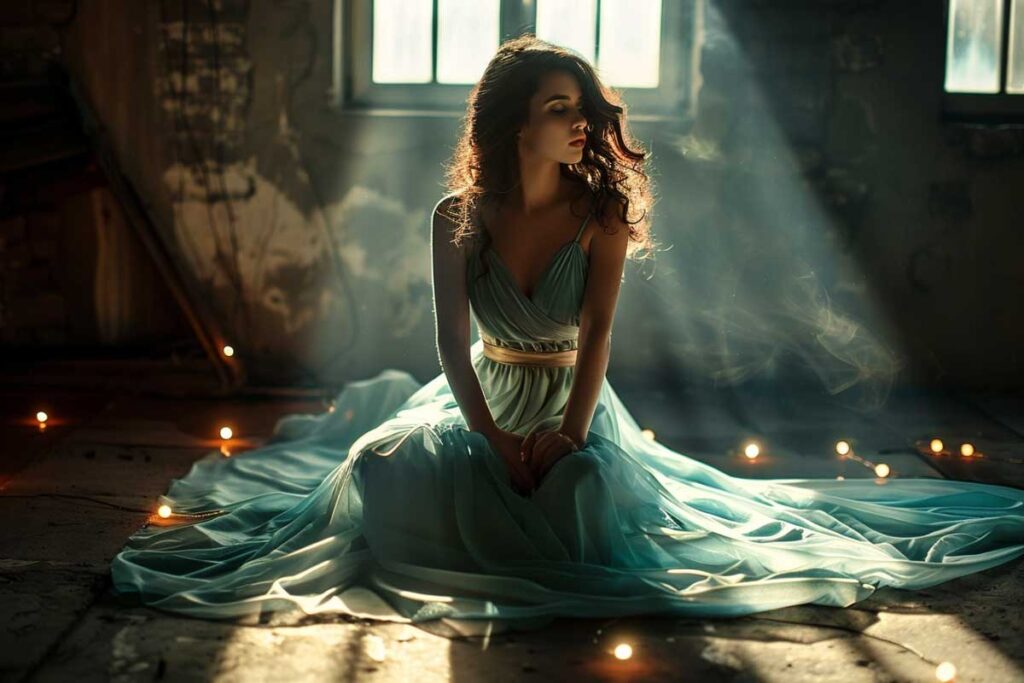

Spotlights, the staple of high-fashion runways and theaters alike, lend dynamism and drama to any outfit. These targeted beams illuminate the person or object in focus while placing the rest in shadows, creating a striking allure that’s hard to ignore.
When wearing an attire with a conversation-starter element—a statement necklace or outrageously stylish shoes—use a well-positioned spotlight to direct attention right where you want it. The same technique also works tremendously well for monochromatic outfits, accentuating their minimalistic elegance.
It’s important to remember though: spotlights can overexpose or wash out some lighter-color outfits. Always tune your light intensity according to the shares and tones within your ensemble.
With everything else in order, get ready to step into that spotlight, one outfit at a time!
Soft Lighting for Subtle Elegance
Soft lighting provides an evocative tool to enrich the overall visual appeal of your ensemble. As suggested by its name, soft lighting shrouds the clothing in a gentle hue, reducing extreme contrasts and harsh shadows. This type of illumination is ideal for subtly highlighting the texture and colors of your outfit without overly dramatizing it.
What happens when you use soft lighting? Details in tones are softened, creating softer gradients between light and dark areas. This is especially beneficial with delicate fabrics like chiffon or lace. Softly illuminating these materials enhances their intricate weaving, presenting an elegant visual diversity.
Playing technical parlance here might help you grasp this better. Think of Lumen (LM), a measurement unit that quantifies the amount of visible light emitted by a source—more lumens translate to brighter light. So, for achieving a soft-lit look, opt for lower LM rated bulbs or lamps.
Imagine wearing an ensemble with intricate lacework bathed under subtly diffused, balmy light. The result would be a cinematically romantic feel that makes your outfit exceptionally enchanting.
Creating Evening Wear Glamour with Lighting
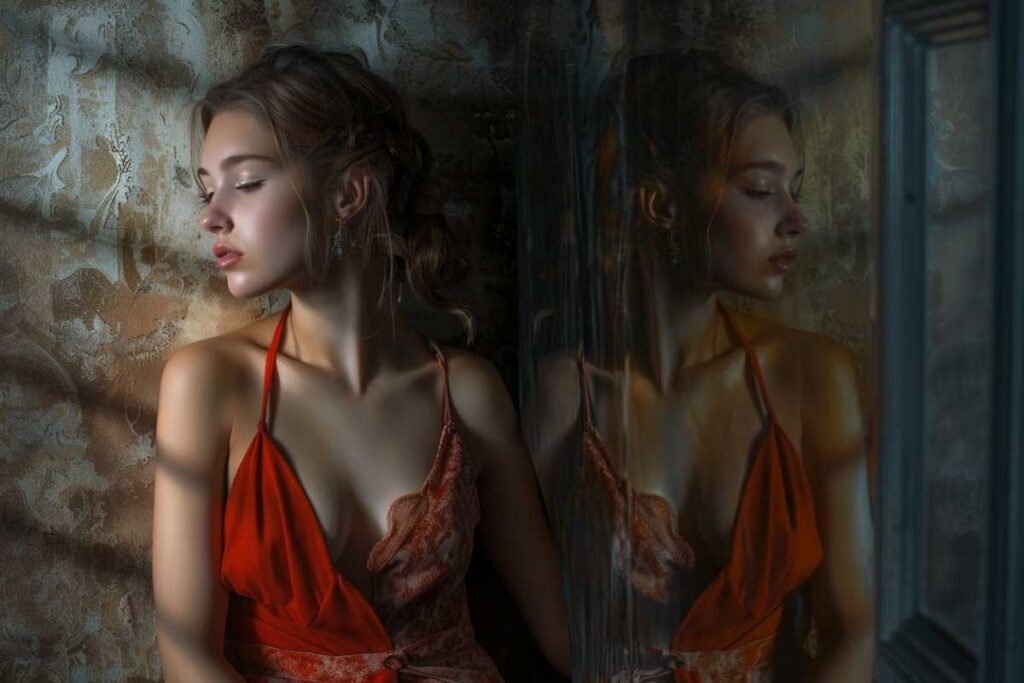

An evening wear outfit is where glamor meets sophistication and elegance. It calls for a particular lighting tactic—one that uses– High Intensity Discharge (HID) lights. These lights produce an intense beam, exuding a touch of drama and opulence, perfect for jazzing up your evening wear.
HID lights or Xenon lights as they’re popularly known have long been used in automotive headlights due to their ability to output an impressive volume of light. They are energy-efficient and contain inert xenon gas which creates a bright, white light when electrically charged.
Similar to HID is LED illumination. They work brilliantly while capturing evening wear embellishments, such as sequins or metallic finishes, that typically thrive under a ‘cold-bright’ light. By illuminating evening outfits with a high intensity discharge beam, your glamorous ensemble will shimmer and captivate the crowd.
Thus, if you’re sporting a sequined black dress for an after-party or a gala dinner, an HID light or its LED counterpart will intensify the sparkle effect, making you look nothing short of radiant.
Implementing Reflective Surfaces in Ensemble Lighting
The incorporation of reflective surfaces in ensemble lighting serves as an effective strategy to get flattering lighting. These surfaces act like mirrors; they bounce off light from your outfit and subtly disperse it, thereby enriching the look and feel of your clothing. Examples of reflective surfaces include mirrors, polished metal surfaces, or even light-colored walls.
To put this into perspective, consider a scenario where you’re wearing a maroon velvet dress that you want to photograph. If you place a reflective surface opposite the light source—say a large mirror or shiny silver foil—the light will bounce off from these surfaces onto the fabric. This action intensifies the depth and warmth of the fashion-forward velvet piece as well as accentuates its texture.
Remember though, using reflective surfaces is somewhat of an art. You’ll need to adjust and experiment until you find that perfect angle where the reflected light enhances your outfit the way you envision it.
Implementing Shiny Silver Objects (SSOs) can also add more angularity to your glow and reflections. An SSO could be anything—from utensils to glossy posters—that have a highly reflective surface capable of returning lights towards your ensemble in varied intensities.
Positioning and Angle of Light Sources
The position and angle of your light source significantly influence how your outfit is perceived. These settings directly affect the shadows cast, which in turn plays a crucial role in highlighting the contours and structural silhouette of your attire.
Top-down lighting, for instance, casts downward shadows that add interesting depth to your ensemble. Placing the light source just above your head and slightly to the front can heighten the visual definition of a statement collar or an audacious neckline. Similarly, side-lighting can emphasize texture and give life to details like ruffles or pleats.
Conversely, uplighting—while not commonly used due to its somewhat theatrical effect—can be quite impactful when used creatively. Picture yourself in a floor-length gown with spectacular hem detail. Uplighting could accentuate this hemline, making it stand out beautifully.
An angular positioning with respect to the direction of your outfit can produce equally delightful effects. For example, a 45-degree angled illumination softens harsh shadows, preventing your clothing’s details from appearing washed out or subdued.
Fitting Room Lighting Enhancement Tips
A crucial part of selling a garment lies in how it looks when tried on—a truth amplified by fitting rooms. By leveraging flattering lighting techniques within these modest spaces, you can ensure that every piece tried on looks as stellar as possible. This outcome both boosts customer confidence and potentially increases sales.
Key to this is understanding Color Rendering Index (CRI)—a scale that measures how accurately a light source reproduces colors when compared to natural light. A CRI close to 100 represents colors authentically and enhances the overall look of any garment. Thus, investing in high CRI-rated fixtures for your fitting rooms is beneficial.
Adding layers of lights enriches fitting room illumination further. Start with ambient light to offer general illumination. Add accent lighting for emphasizing details, and finish with task lighting for areas needing additional brightness, such as mirrors or corners.
Finally, consider embedding light sources in adjacent walls or mirror sides to reduce the appearance of unflattering shadows. This way, your customer sees themselves and the attire under a forgiving, flattering light—a surefire recipe for love-at-sight with your collection.
Illuminate and Shine
When it comes to dressing up, choosing stunning outfits is just one part of the equation. Applying appropriate lighting techniques can significantly enhance the brilliance of your attire and set the mood you’re aiming for. Remember to experiment with different light sources, harness reflective surfaces, and learn to adjust light angles and positions.
As integral parts of any stylish setting or dressing room design, these lighting strategies will ensure a glorious spectacle no matter what ensemble you choose. So get creative with your lights, and shine on!
Iskra Banović is our seasoned Editor-in-Chief at Blufashion. She has been steering the website’s content and editorial direction since 2018. With a rich background in fashion design, Iskra’s expertise spans across fashion, interior design, beauty, lifestyle, travel, and culture.

